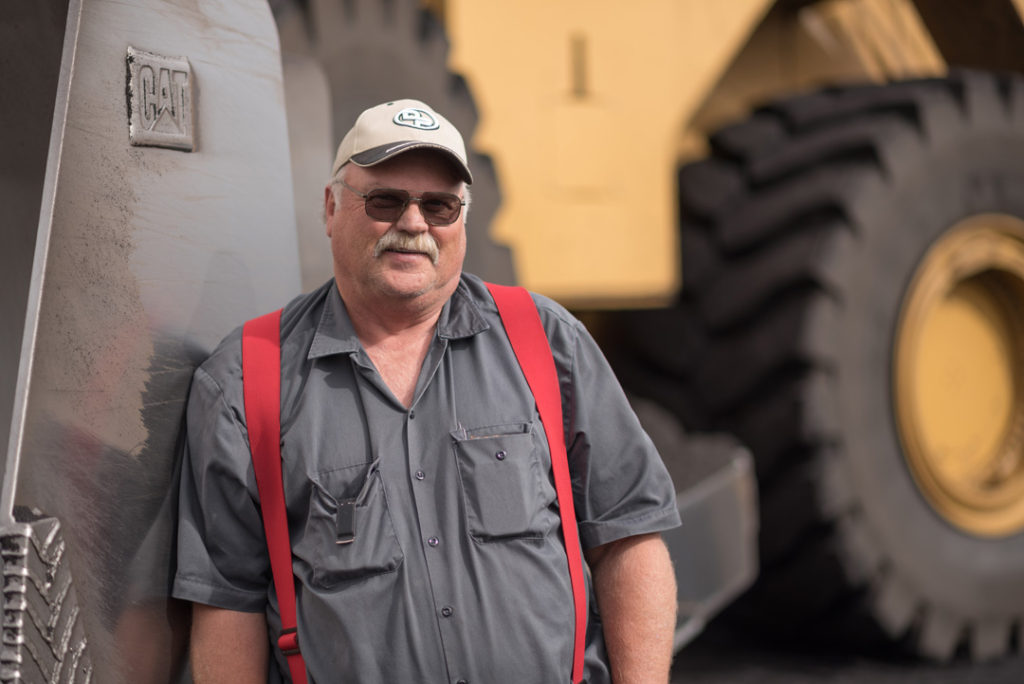Project History
The concept for the Project began in 1973 when the Intermountain Consumer Power Association (“ICPA”) met with a number of Southern California municipalities to explore interest in a joint action agency power project. The Intermountain Power Project Corporation was formed as a non-profit corporation under the laws of the State of Utah on January 18, 1974 for the purpose of investigating the feasibility of constructing and operating a thermal powered generating resource. Shortly thereafter, in July 1974, ICPA and the California Purchasers entered into the IPP Membership and Study Agreement, setting forth membership interests and voting rights in IPP. On June 22, 1977, the 23 Utah municipalities listed above organized IPA as a political subdivision of the State of Utah to finance, construct, operate and maintain the Project. Approximately one year later, on August 24, 1978, Power Sales Contracts were offered and in response the 23 Utah municipalities, six Utah cooperatives, Utah Power & Light Company, and six California municipalities agreed to accept the generation and capacity of the Project. The Power Sales Contracts were signed as of September 28, 1978 with the exception of the California Purchasers that signed as of August 6, 1980. The Power Sales Contracts provide for, among other things, the creation of the Coordinating Committee and for IPA and the Los Angeles Department of Water and Power (the “Department”) to enter into a Construction Management and Operating Agreement. At that time the Project was to consist of four coal-fired units, each to be 750 MW.
In 1983 there was a general awareness that loads forecasted for various Purchasers were generally too high and a decision was made to downsize the Project from four to two units. Coincident with the downsizing, the Purchasers amended their Power Sales Contracts to reflect certain adjustments in their entitlement shares resulting from Utah Power and Light Company reducing its interest in the Project from 25 percent to 4 percent. Also in 1983, consideration was given to having SCPPA provide for payments-in-aid of construction for the Southern Transmission System (the “STS”) and in January 1984 SCPPA sold $1 billion of notes and bonds to provide the initial STS funding.
Location of the Project
The three main components of the Project are located primarily in Utah and California. The Generation Station is located near Lynndyl, Millard County, Utah. The STS extends approximately 490 miles from the Generation Station to Adelanto, California with an alternating current/direct current converter station at each end. The Northern Transmission System (the “NTS”) consists of two segments. The first segment, consisting of two parallel 345-kV AC transmission lines, extends approximately 50 miles from the Generation Station to a switchyard located near Mona, Utah. The second segment, consisting of a single 230-kV AC transmission line, extends approximately 144 miles from the Generation Station to the Gonder Switchyard located eight miles north of Ely, Nevada.

